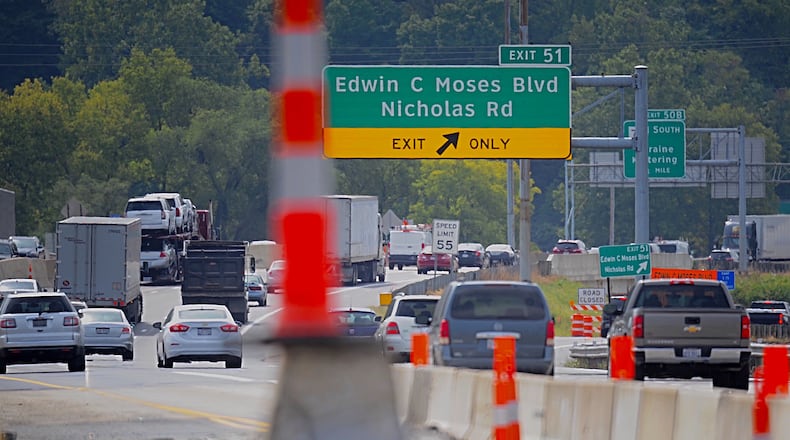The Ohio Bureau of Worker’s Compensation is funding $1.41 million for the project. Roughly 77% of the award will go to the University of Dayton and 23% to the University of Cincinnati and Case Western Reserve University, Wang said.
The National Work Zone Safety Clearinghouse reports 899 people died in work sites across the U.S. in 2023, and 11 people died in Ohio alone.
Between 2018 and 2022, Ohio’s highway work zones accounted for 106 traffic fatalities of workers and occupants of vehicles, according to Wang.
Wang said work zones are inherently busy and hazardous environments, and workers rely heavily on seeing hazards.
But he said visual cues can be unreliable due to obstructions, weather and light conditions.
“A system like this bridges the gap — if you can’t see it, you can hear it," Wang said. “Combining audio and visual inputs gives the project manager another powerful situational awareness tool.”
Wang said the system will be able to work with whatever the site is already using for communications.
“Noises have different patterns. A dump truck has a different sound pattern than an excavator,” Wang said. “The system will identify sounds and let workers closest to the dump trunk know it’s time to watch out.”
UD’s team will include Wang plus two to three doctoral researchers and a pair of post-doctoral researchers.
UD said the team will develop computer models of work zones in the University of Dayton School of Engineering’s Greg and Annie Stevens Intelligent Infrastructure Engineering Lab, which has a 300-square-foot wrap-around virtual-reality system, high-precision motion tracking and multi-user eye-tracking headsets.
The next step will be testing in a closed, monitored working environment to verify effectiveness and reliability. Then the team will test the system on live job sites with VigiLife and Ulliman Schutte Construction.
“This project is an excellent example of a university-industry collaboration to positively impact engineering practice,” UD School of Engineering Dean Gül Kremer said.
About the Author

